Battle site set to burnish its revolutionary credentials by recounting the events more succinctly, report Wang Qian and Zhu Xingxin in Xinzhou, Shanxi.
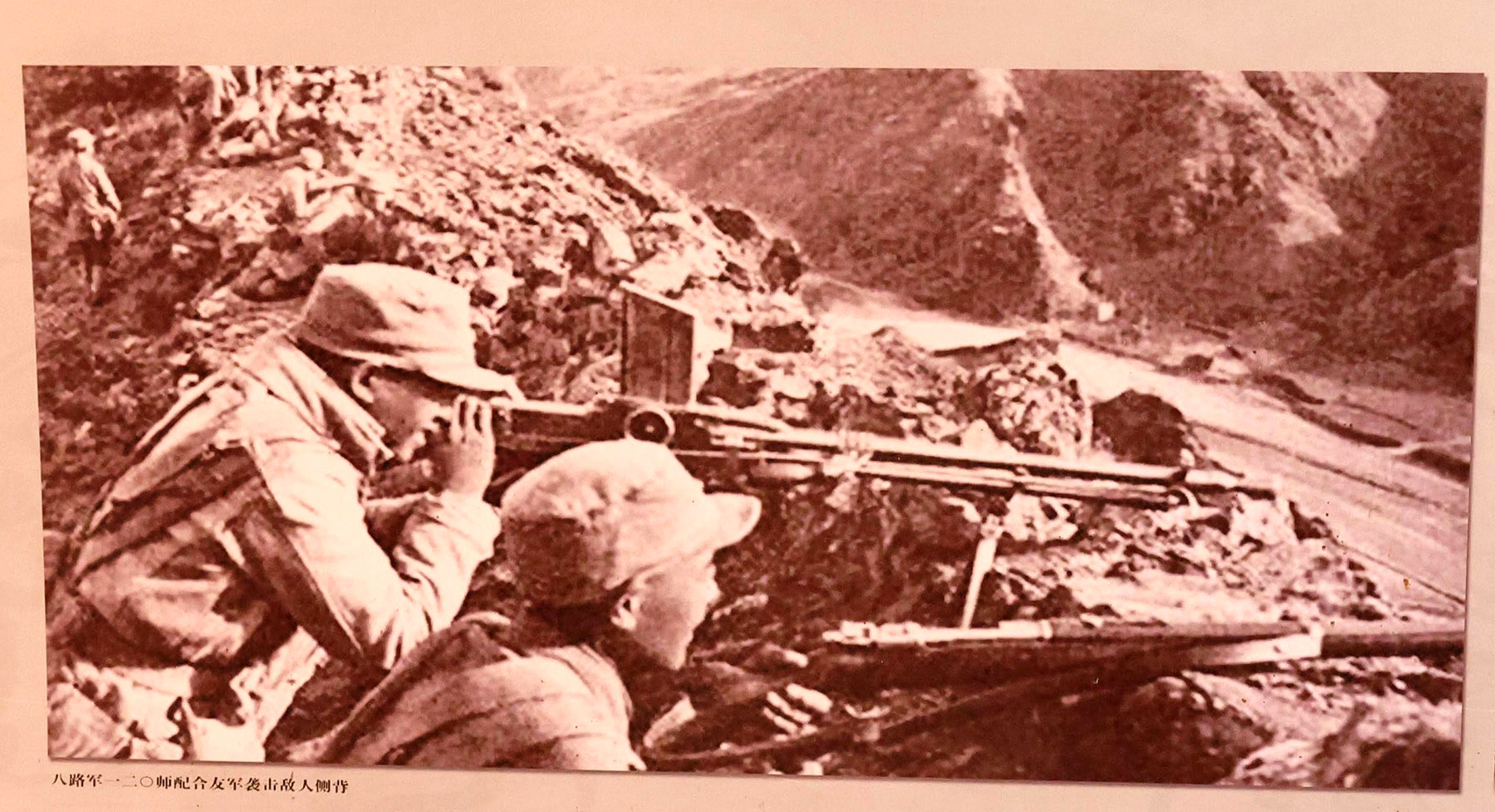
Located 25 kilometers north of Xinzhou city, Shanxi province, the Battle of Xinkou site — a cluster of 47 weathered caves carved out of cliffs in 1935 — bears silent witness to a 23-day clash in 1937 that became an important chapter in the War of Resistance Against Japanese Aggression (1931-45). Kuomintang and Communist Party of China soldiers fought here together, effectively blocking Japan's southward advance, causing the invading army to suffer heavy losses.
As the country marks the 80th anniversary of the victory, local authorities have been enhancing efforts to honor the site's history and highlight its educational value by shining a spotlight on its united front against invaders and their battlefield heroism.
"The battle was a master class in tactical synergy," 63-year-old Zhao Yushun says.
READ MORE: Friendship developed over historical photos
For the volunteer guide, the Battle of Xinkou is more than a historical event, it's part of his family legacy. Zhao's grandmother, Liu Huan'e, risked her life as an underground informant for the Eighth Route Army led by the Communist Party of China. "Her defiance against Japanese brutality inspired my father, a soldier, and later, me," he adds.
Over two decades, he has collected artifacts and oral accounts to preserve stories of the battle, where the Chinese people united to resist the invaders.
Located between the Taihang and Lyuliang mountains on a crucial route where railways, highways and rivers converge, Xinkou is the gateway from northern Shanxi to Taiyuan, and according to Zhao, was the last line of defense in protecting the provincial capital.
In early October 1937, Japanese forces under Commander Seishiro Itagaki swept southward from Daixian county in Xinzhou, attacking Yuanping and Xinkou with the aim of pushing straight toward Taiyuan. What followed was the largest defensive battle led by the Chinese army on the North China battlefield during the War of Resistance. As Kuomintang commander Wei Lihuang led frontal defenses, CPC leader Zhu De coordinated guerrilla strikes behind enemy lines.
From mobilization to decision-making and command, every major strategic deployment and tactical execution was carefully coordinated, both at the front and behind enemy lines. This ensured close cooperation between different military units, and between the frontal battlefield and guerrilla fighters, which paved the way for the heroic, monumental struggle against the Japanese invaders.
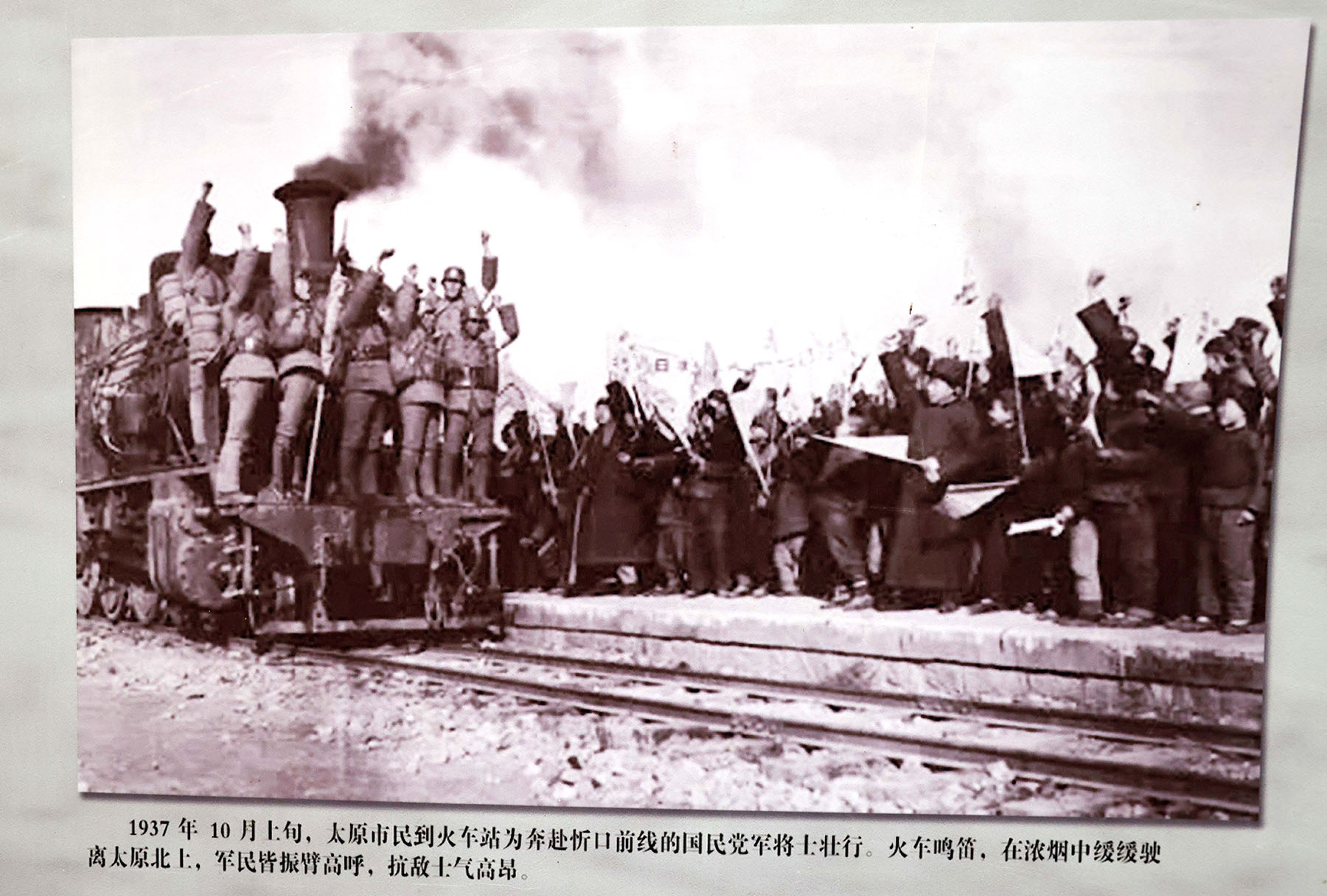
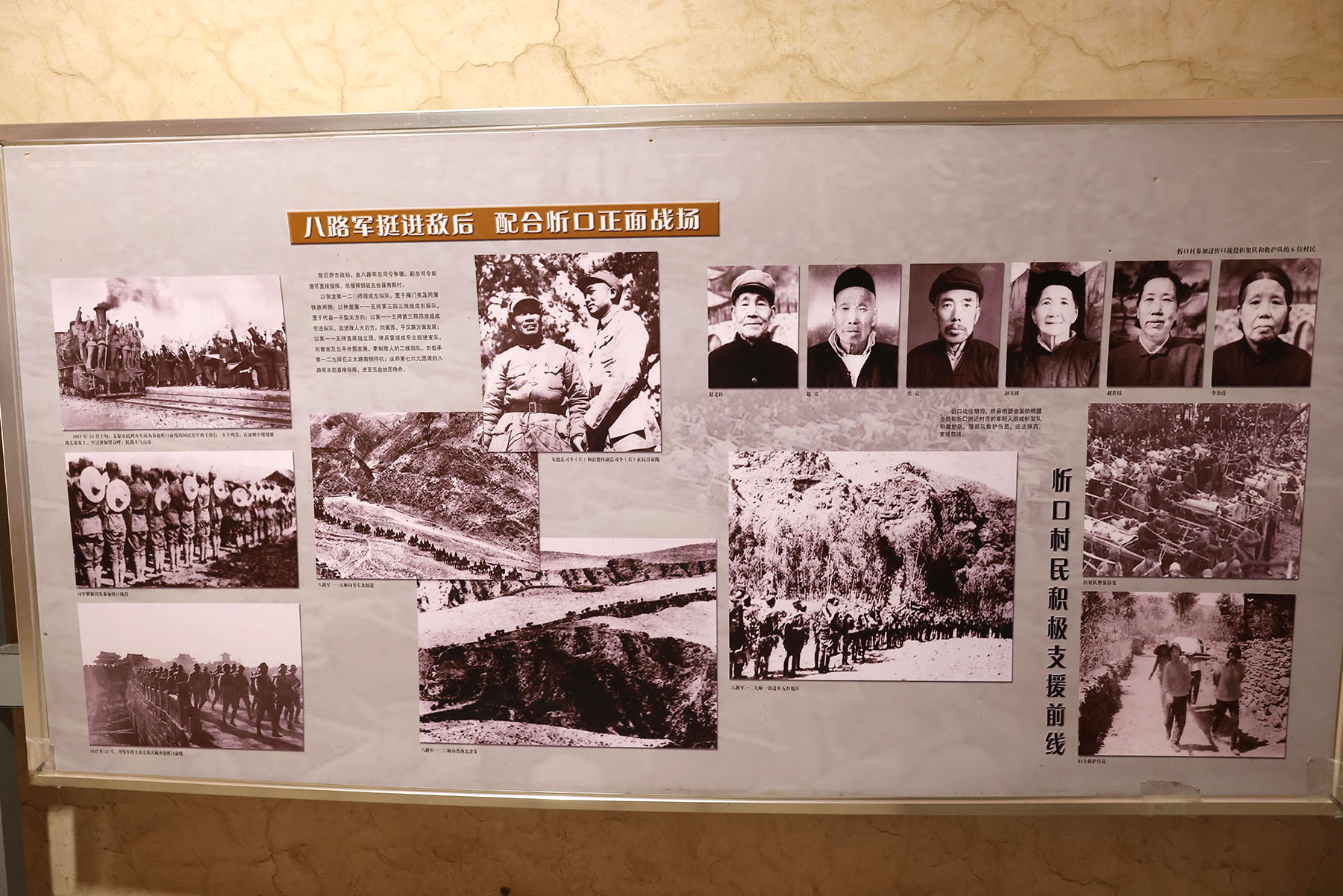
The Battle of Xinkou lasted from Oct 11 to Nov 2. Repeated enemy assaults were repelled, thwarting its aggressive attempts to break through. Whether on the front or in guerrilla warfare behind enemy lines, everyone, from high-ranking officers to ordinary soldiers, fought with unrelenting courage to defend the country, and for national independence and liberation.
"The sacrifices here underscore how hard-won our peace was," Zhao says, adding that this is also the reason why he has taken it upon himself to share the stories of the battle with the next generation, as well as the patriotism and perseverance of those who fought.
Today, the 47 caves — 15 in Hongya Bay and 32 in Hougou — have been restored, their original roles as command centers, field hospitals and stables for cavalry etched into local memory. Since 2015, four major renovations have stabilized the caves using flood barriers.
"The area often experiences heavy rain, which used to cause water levels to rise halfway up the cave dwellings, so a flood control channel was built to help protect them," says Feng Guodong, deputy head of the district's cultural heritage protection bureau. "Now, the site is better preserved."
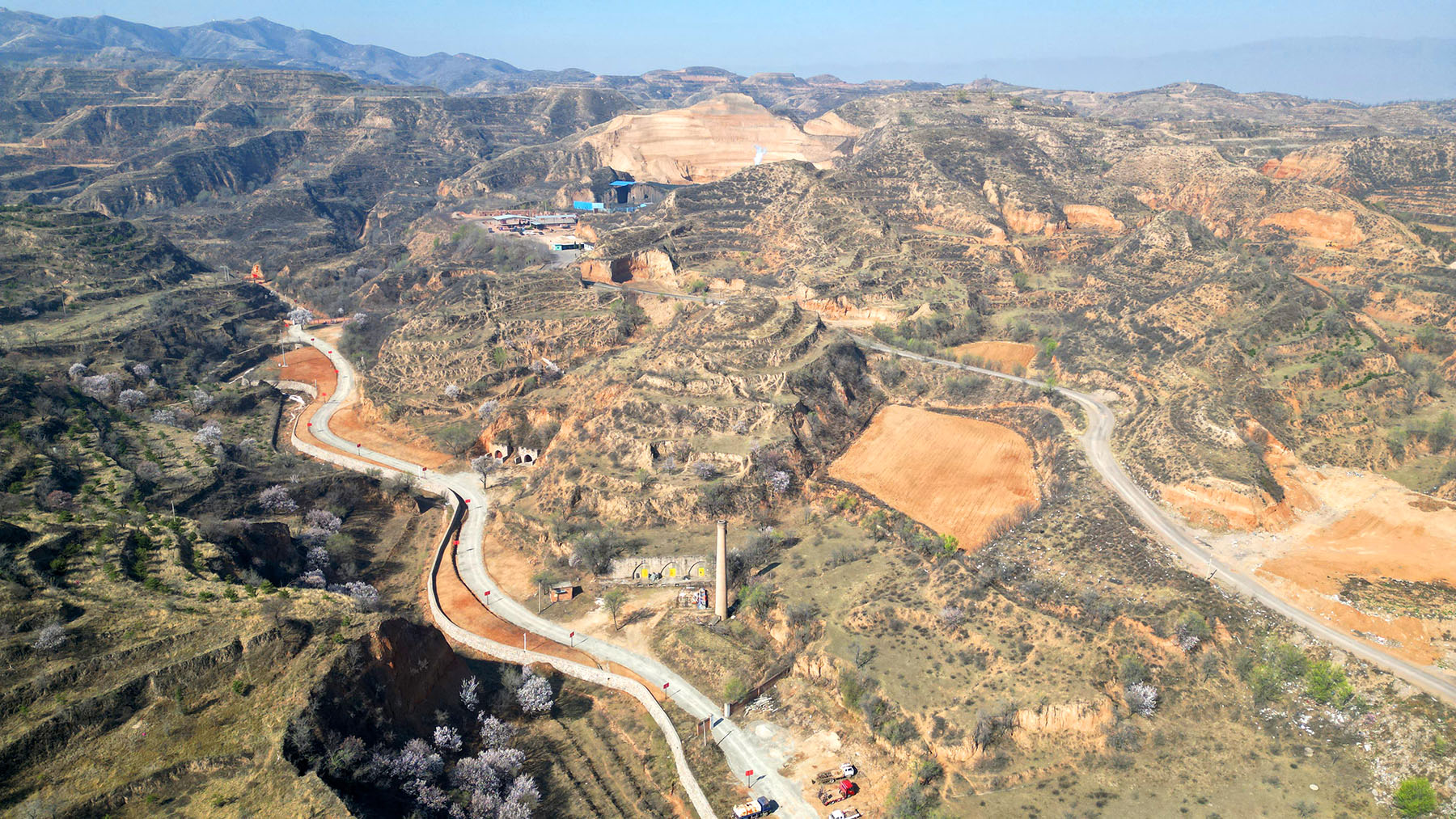
Nearby 204 Heights, a strategic choke-point where some of the fiercest combats occurred, remains scarred with trenches. In September last year, a 2.6-km trail, including a 1-km wooden walkway and 1-km gravel path, was created to allow visitors to retrace the steps of the heroes.
"Schools organize trips for primary and secondary students to walk this heroic path, and engage in patriotic education to appreciate the harshness of war, as well as the sacrifice and efforts responsible for the good lives we lead today," says Yin Bin, Xinkou county Party secretary.
Although listed as a provincial patriotism education center in 2005, and designated as a national key cultural relic protection unit in 2019, recognition of Xinkou's historical significance still lags, according to Zhao Wenjun, deputy director of the cultural and tourism bureau in Xinfu district, where the site is located.
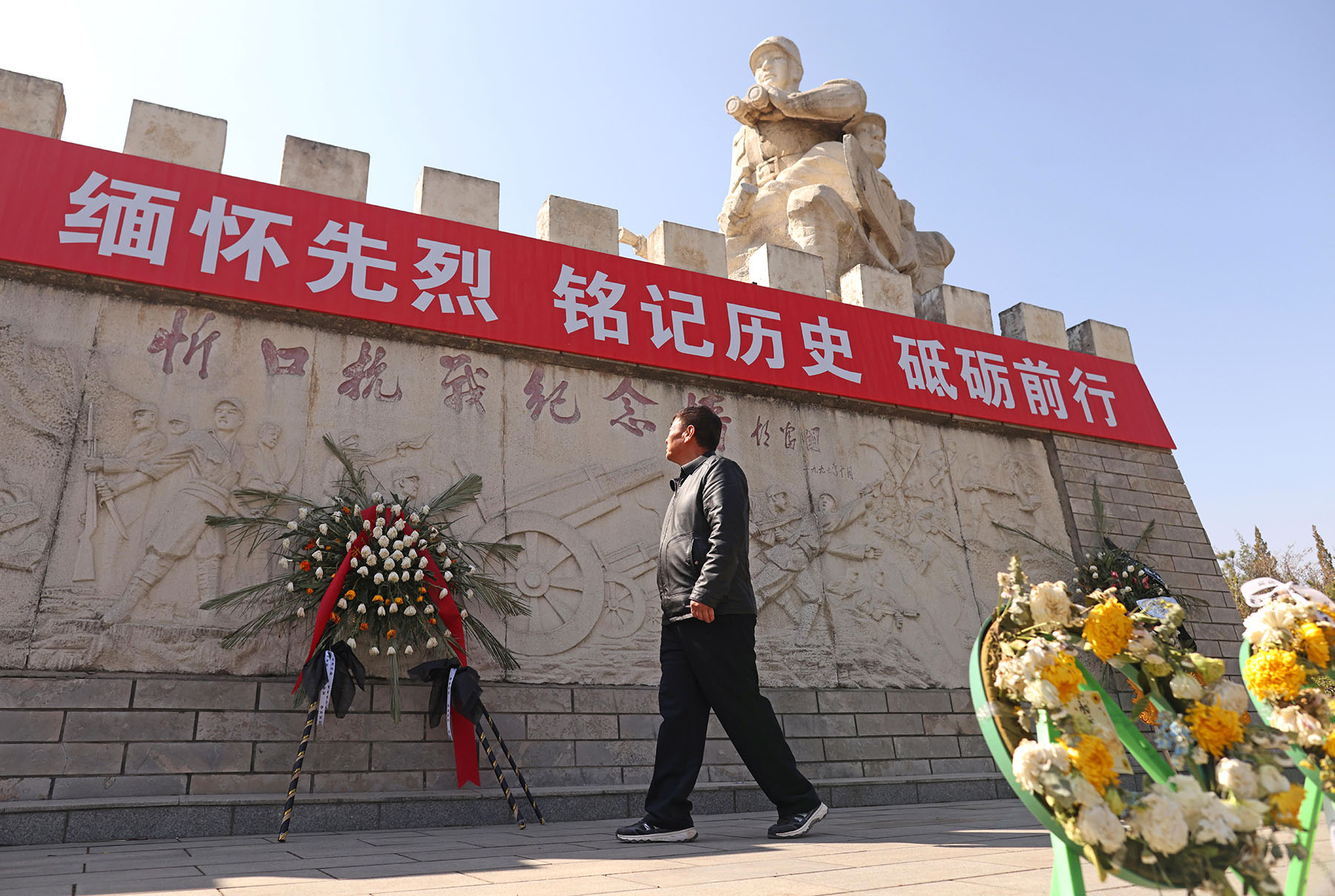
"The Battle of Xinkou is a significant symbol of efforts during the War of Resistance Against Japanese Aggression and left key cultural heritages in Xinfu district. However, recognition and attention on it from the public is insufficient. We need to better promote and uphold its revolutionary spirit," Zhao Wenjun says, adding that the next step is for the site to improve the protection and revitalization of its cultural heritage, preserving and developing it for wider appreciation.
"We want to build a memorial hall, a museum for the artifacts, and a reception room. We will also collect items used in the battle," Zhao Wenjun says, adding that as this year marks the 80th anniversary of China's winning the War of Resistance Against Japanese Aggression, local officials will try to get government funding for the site.
ALSO READ: Museums highlight China, Korean Peninsula ties against aggression
As Shanxi leverages Xinkou's untapped potential, Zhao Yushun is happy that more people are coming to the site and learning about its history.
"I want to pass on stories of blood and fire to the next generation, spreading the spirit of patriotism and relentless self-improvement to more people," he adds.
Contact the writers at wangqian@chinadaily.com.cn


